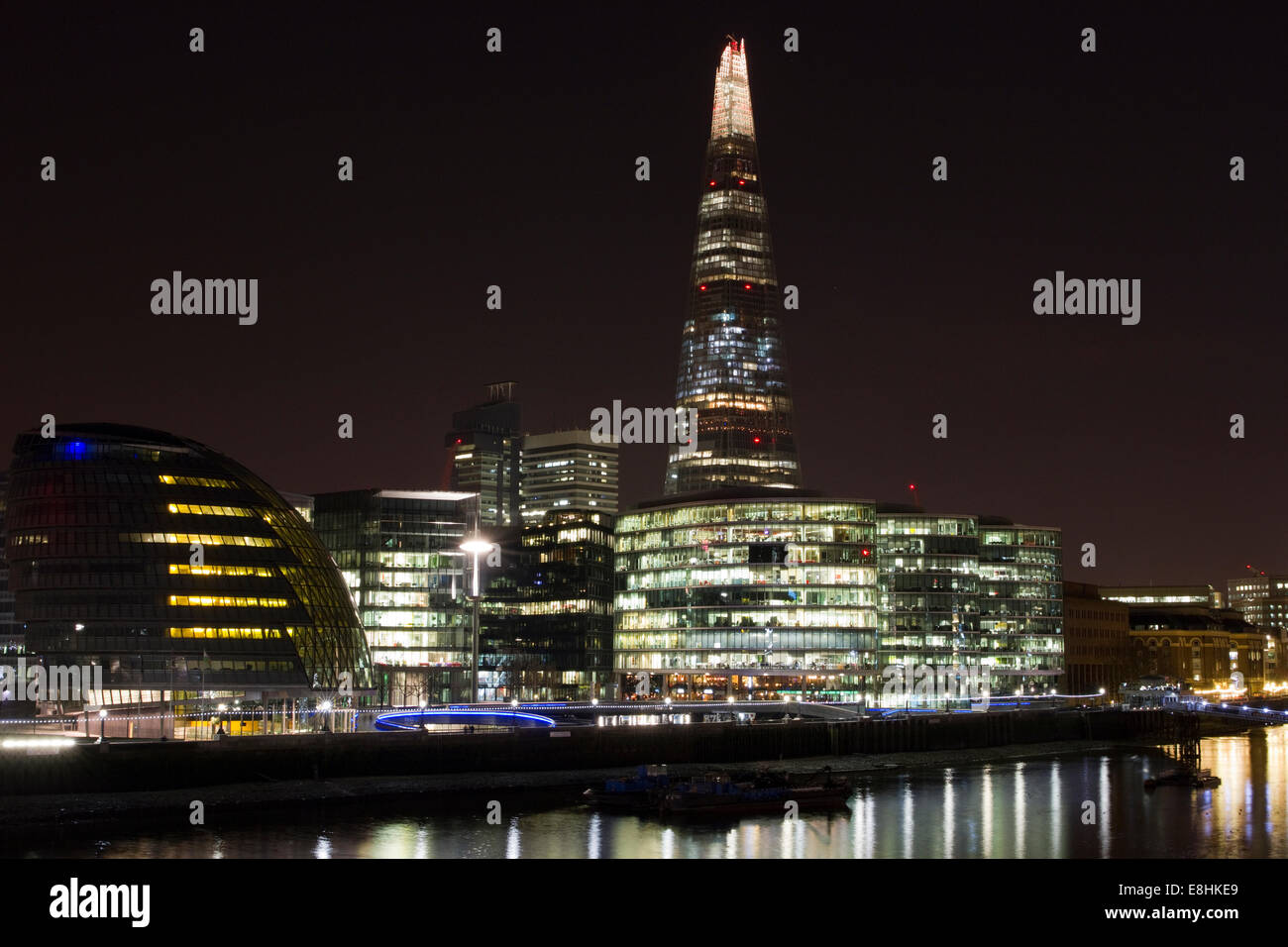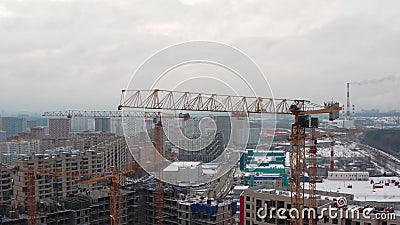


As models, he has Garcilaso and Horacio within a worldview completely immersed in Neoplatonism, but he is singled out by his very fine sensitivity to topics such as the night, the lonely turtledove, the pain due to the absence of the beloved, and so on. Much influenced by Petrarchism, some of his poems are translations of Italian writers, especially Benedetto Varchi, and he builds his songbook around a certain Filis, who upon the return of his lover from Italy finds himself married to another. In a recent essay, Antonio Alatorre insists, without providing new biographical details, that "Francisco de la Torre was born in the middle of the 16th century in Santa Fe de Bogotá, where he seems to have spent his entire life." His works have been edited in modern times by Alonso Zamora Vicente in the Clásicos Castellanos collection, in 1944, and there are other later no less notable ones, for example that of María Luisa Cerrón Puga in Ediciones Cátedra, from 1984, which notes the Italian sources. Quevedo took care to inquire about the author of the manuscript, which the bookseller sold him with contempt, but could not get anything clean indeed, in it was "in five parts erased the author's name so carefully that smoke was added to the ink." When in 1753 José Luis Velázquez reprinted the works of Francisco de la Torre in Madrid thought that their author was actually Francisco de Quevedo himself, a theory that modern criticism unanimously rejects since Manuel José Quintana in the 19th century.
/cloudfront-us-east-1.images.arcpublishing.com/lanacionar/Z24UOQCI3ZEPHNB76JVZYFC7KU.jpg)
According to this author, he would have been born in Torrelaguna around 1534, he would have studied in Alcalá de Henares and followed his military career in Italy, to become a cleric at the end of his life.Ī manuscript of his poetry circulated in the early seventeenth century with an Approval from Alonso de Ercilla, who died in 1594, and caught the attention of Quevedo, who bought and edited it together with the works of Fray Luis de León in 1631 to fight with good examples of classical poetry the excesses of Culteranismo. Nothing more than a sum of conjectures extracted from the weak indications that his verses offer is the biography sketched by Aureliano Fernández-Guerra as an entrance speech at the Royal Spanish Academy in 1857. BiographyĪlmost nothing is known about his life and he is undoubtedly the most mysterious poet of the 16th century. Francisco de la Torre, (1534 - 1594?), Spanish poet of the second phase of the Renaissance, belonging to the School of Salamanca, not to be confused with the homonymous poet of the first half of the 16th century.


 0 kommentar(er)
0 kommentar(er)
